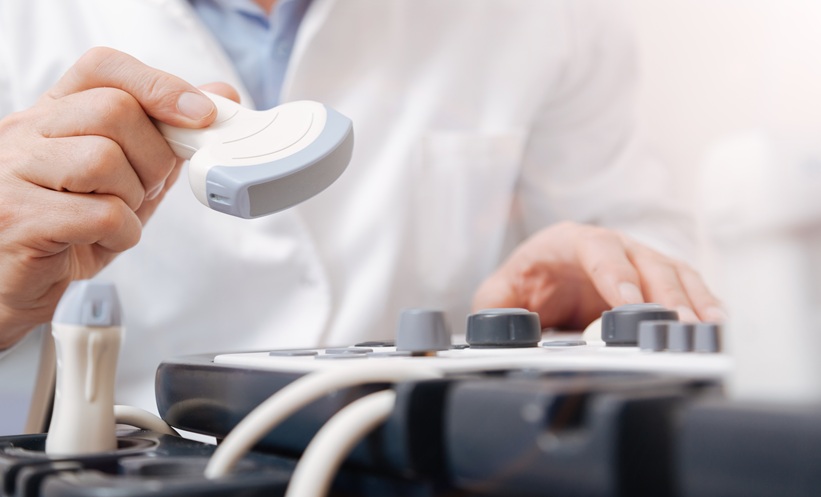BLADDER CANCER ranks as the tenth most common cancer worldwide, disproportionately affecting men but often presenting as more aggressive disease in women. It is broadly categorised into non-muscle invasive bladder cancer (NMIBC) and muscle invasive bladder cancer (MIBC). While NMIBC is usually managed with transurethral tumour resection followed by intravesical therapy, MIBC carries a higher risk of progression or metastasis and requires more intensive treatment, such as neoadjuvant chemotherapy combined with radical cystectomy. Despite these approaches, bladder cancer remains highly heterogeneous, and effective targeted therapies are still lacking.
The Promise of Bladder Cancer Organoids
Recent advances in three-dimensional (3D) culture technology have transformed the way researchers study bladder cancer. Among these innovations, bladder cancer organoids have emerged as powerful preclinical models. Organoids are multicellular constructs with defined architecture that closely mimic the complex tumour environment, including critical cell-to-cell and cell-to-matrix interactions absent in traditional 2D cultures. Their self-renewal properties and resemblance to tumour growth make them highly effective for investigating disease biology and testing potential treatments.
Bladder cancer organoids preserve the heterogeneity of the original tumour, making them valuable tools for drug sensitivity testing and the identification of novel therapeutic targets. Importantly, organoids can be developed from patients’ own tumour cells, offering a personalised approach to therapy selection. This enables clinicians to predict individual responses to treatment and optimise strategies to improve outcomes. Organoids derived from urine samples have also shown promise as a non-invasive source, further broadening their clinical potential.
Overcoming Current Limitations
Despite their advantages, organoid systems are not without challenges. Standardisation in construction is lacking, and capturing the full diversity of tumour cells remains difficult. Furthermore, the traditional organoid model does not always replicate the tumour microenvironment accurately. Advances such as organ-on-a-chip technology, which integrates microfluidics to simulate physiological conditions, hold promise for addressing these shortcomings.
In summary, bladder cancer organoids represent a breakthrough in modelling tumour biology, enabling personalised drug testing and advancing the search for targeted therapies. As techniques become more refined and standardised, they may pave the way towards more effective and tailored treatments for patients with this complex disease.
Reference
Kang H et al. Revolutionizing bladder cancer research: harnessing 3D organoid technology to decode tumor heterogeneity and propel personalized therapeutics. Biochim Biophys Acta Rev Cancer. 2025;DOI:10.1016/j.bbcan.2025.189454.







